Your vital organs—screened
Scan your body for potential cancer and 500+ conditions in up to 13 organs.




Our scan is designed to















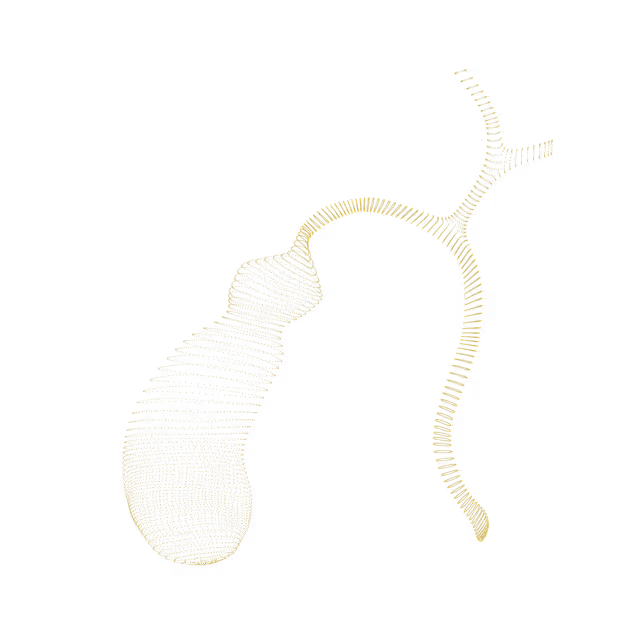
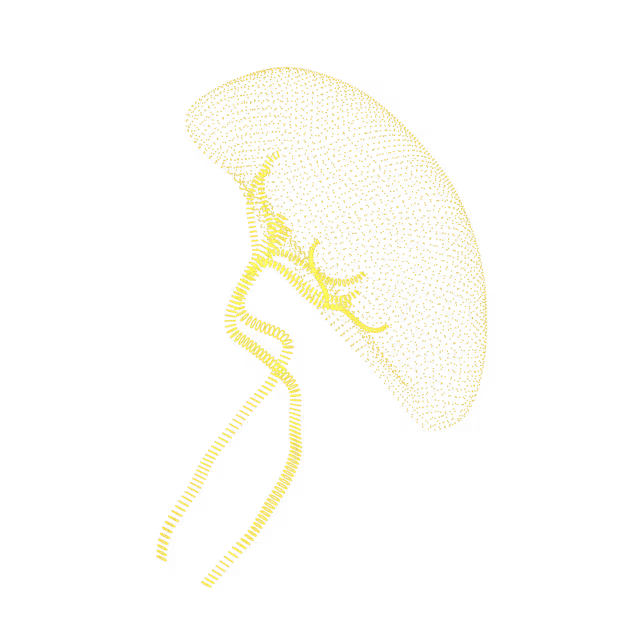

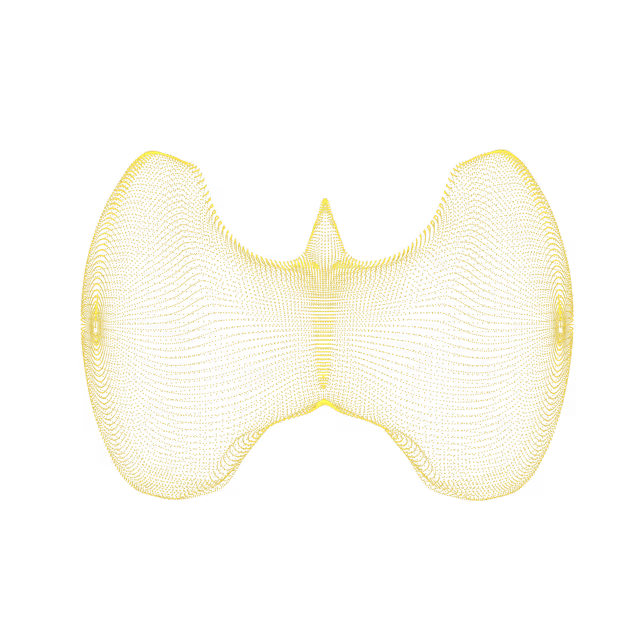

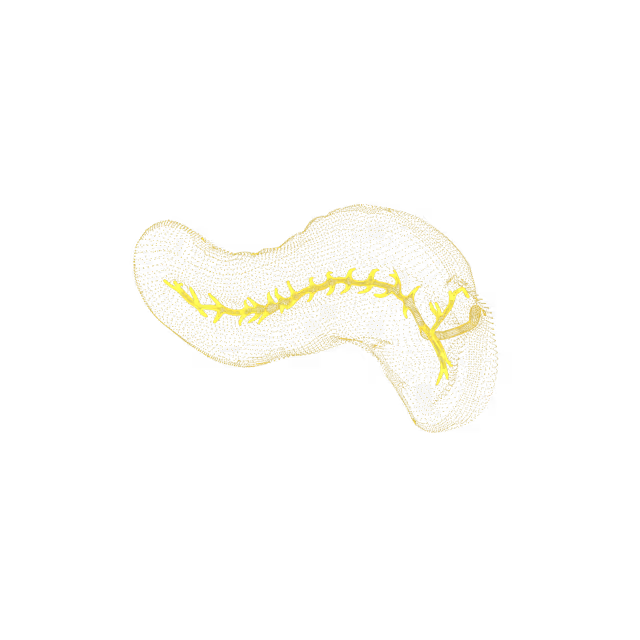
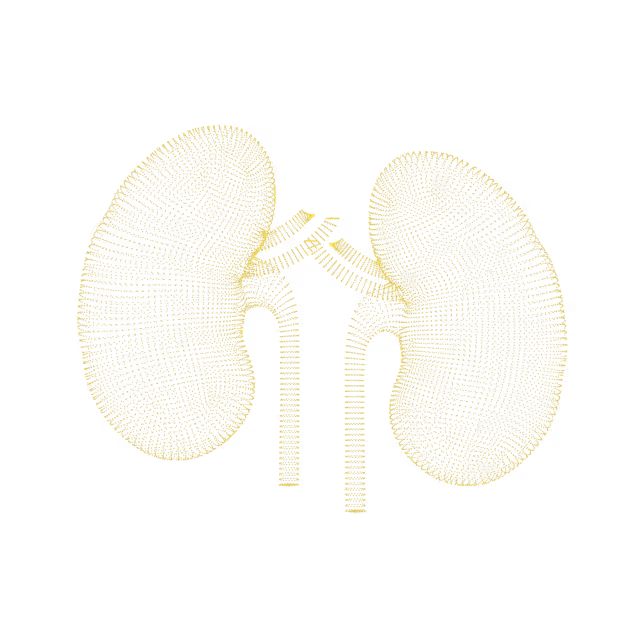
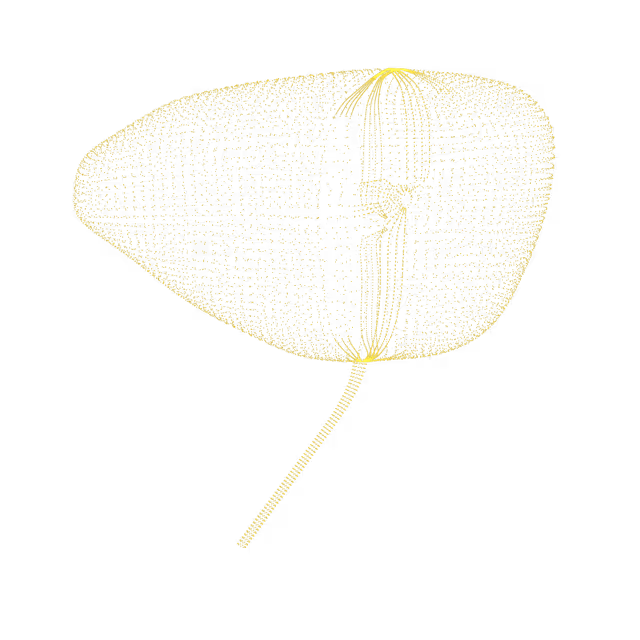
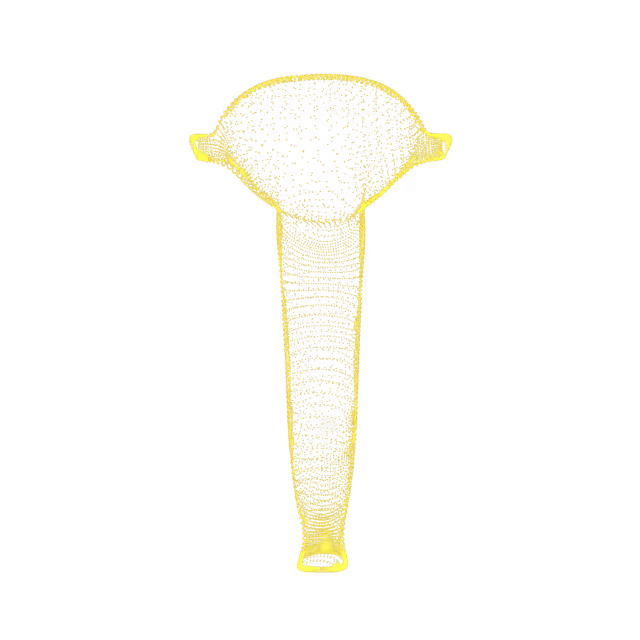
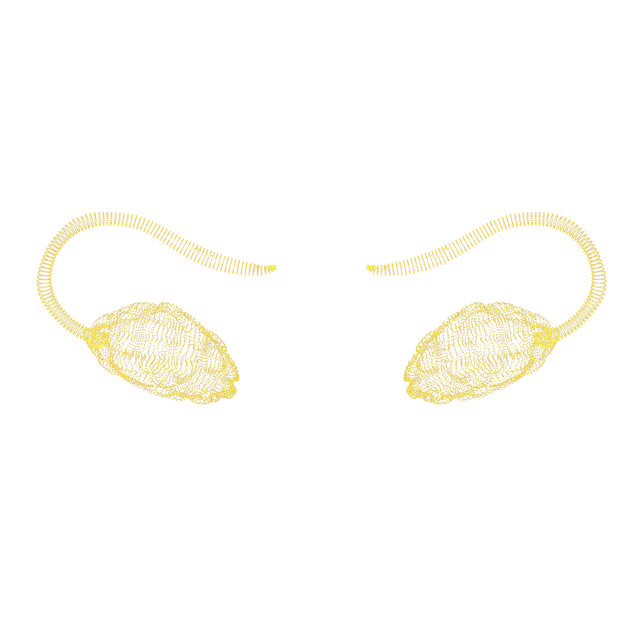
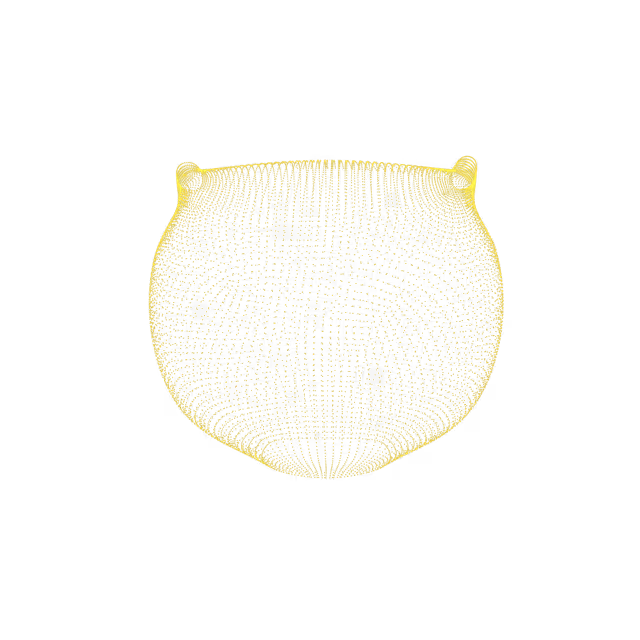

The Bartholin's glands are located on each side of the vaginal opening. These glands secrete fluid that helps lubricate the vagina. Sometimes the openings of these glands become obstructed, causing fluid to back up into the gland. The result is a relatively painless swelling called a Bartholin's cyst. If the fluid within the cyst becomes infected, a collection of pus may form surrounded by inflamed tissue (abscess).
Ovarian lesions are common findings and may be incidentally detected on imaging (found in passing when looking for something else). Ovarian lesions may be benign (non-cancerous), borderline, or malignant (cancerous). Characterization of ovarian lesions is of great importance in order to plan adequate therapeutic procedures, and may influence management. Assessment of ovarian lesions or masses requires physical examination, laboratory tests and imaging techniques.
Cervical polyps commonly occur in women during the reproductive years, especially after age 40. Cervical polyps are small, elongated, non-cancerous tumors that grow on the cervix. The cause of cervical polyps is unknown, but chronic inflammation of the cervical canal may play a role, as may hormonal factors.
Accumulation of fluid in the abdominal cavity is called ascites. There are numerous causes of ascites, but the most common cause in the U.S. is cirrhosis of the liver (which accounts for approximately 80% of cases). Cirrhosis is a condition in which scar tissue replaces healthy liver tissue and prevents the liver from working normally. Other common causes of ascites are cancer-related or due to heart failure.
An inguinal hernia occurs when tissue, such as part of the intestine or fat, pushes through a weak spot in the abdominal wall. Inguinal hernias are common, typically harmless, and do not require treatment unless there are symptoms. Possible symptoms include groin pain with exertion (e.g. lifting a heavy object) and inability to perform daily activities due to pain or discomfort from the hernia. In rare cases, the intestines or fat can get trapped (incarcerated) inside a hernia, causing persistent, severe pain, which requires emergent evaluation.
The common iliac arteries provide the primary blood supply to the lower limbs. An iliac aneurysm is a bulging and weakness in the wall of the iliac artery. Causes of iliac aneurysms include atherosclerosis (a disease of the arteries characterized by the deposit of cholesterol-containing fatty deposits on the inner walls which hardens the blood vessels), infections, and trauma for hip or lower back surgery. Risk factors for iliac aneurysm include genetics, male gender, smoking, high blood pressure and poor cholesterol. This aneurysm is usually asymptomatic (does not cause symptoms), but can cause back, lower abdominal, and/or groin pain. Treatment depends on the size of the aneurysm, individual age, health, and other medical conditions.
Zinner syndrome is a rare congenital (from birth) condition in males in which a kidney is absent, an ejaculatory duct is obstructed and a seminal vesicle cyst is present, all on one side of the body. This syndrome can cause pelvic pain, urinary changes and infertility.
Gartner duct cysts develop on the side walls of the vagina. They are mainly located in the walls of the vaginal canal, and less commonly, in the walls of the uterus. Gartner ducts are present in a fetus while it is developing in the womb, but usually disappear after the baby's birth. If parts of the duct remain, they may collect fluid and develop into a vaginal wall cyst later in life.
The seminal vesicles are paired secretory glands located behind the bladder that produce semen. Cysts of the seminal vesicles are extremely uncommon and non-cancerous. While congenital cysts are usually found along with other genital/urinary anomalies, acquired cysts of the seminal vesicles are usually associated with prostate problems [i.e. chronic prostatitis, benign prostatic hyperplasia (BPH)] and recurring urinary tract infections. In symptomatic individuals, the usual complaints include perineal pain (pain in the area between the scrotum and the anus), abdominal pain, ejaculatory pain, and symptoms of a urinary tract infection (i.e. discomfort or burning with urination, blood in the urine, and increased urinary frequency). Treatment is necessary only if the cyst is causing symptoms, and may involve cyst removal.
The normal prostate size is 30 cc or less, but the size is also based on a man’s age. As men age, the prostate cells can increase in number (benign prostatic hyperplasia [BPH]), increasing the overall size of the prostate organ (benign prostatic enlargement [BPE]). By age 50, approximately 50% of men have an enlarged prostate. Risk factors for an enlarged prostate include aging, genetics, obesity and lower physical activity. If the prostate becomes too large, it can block urine flow and result in lower urinary tract symptoms including needing to urinate often (especially at night), difficulty starting to urinate and having a weak urine stream.


© 2025 Ezra